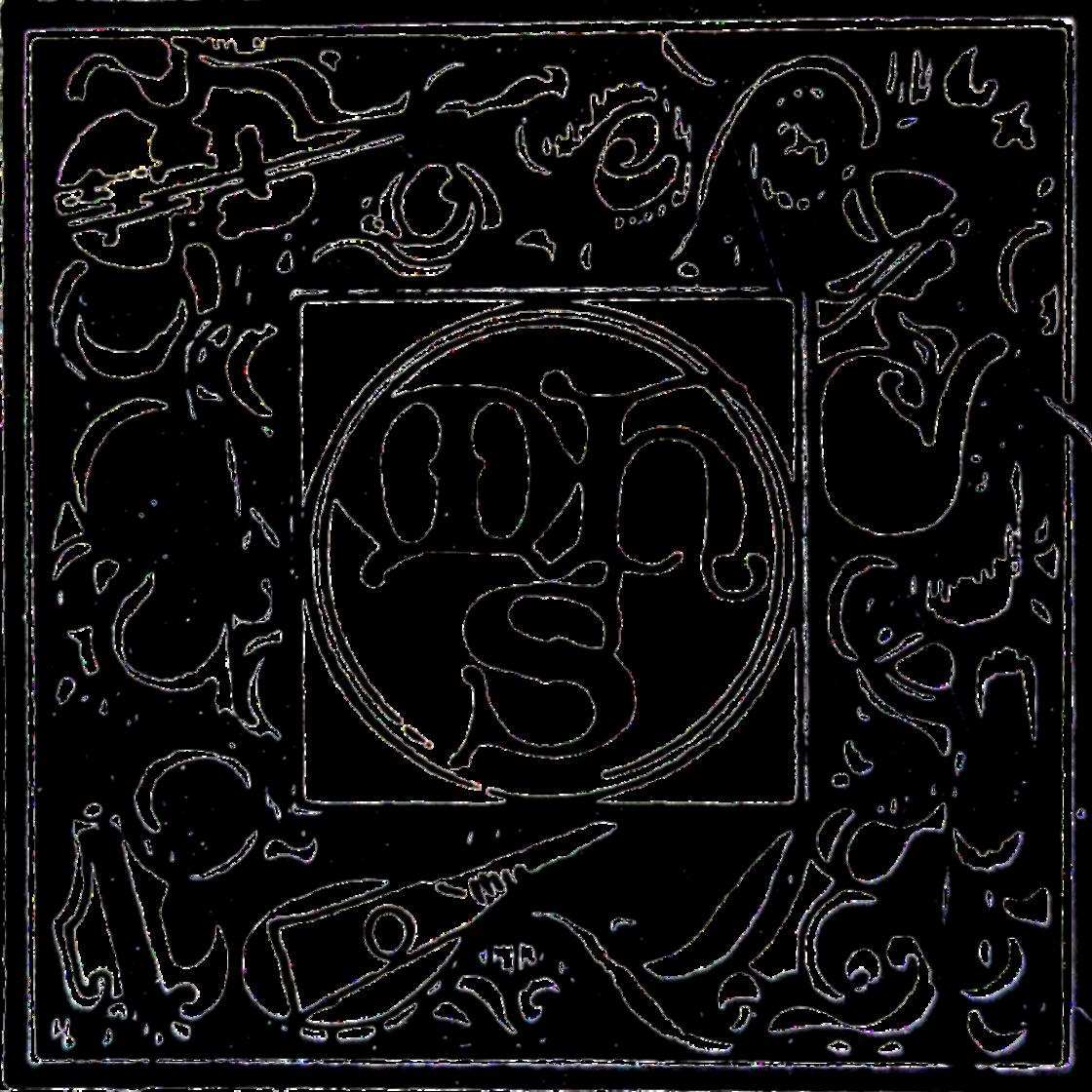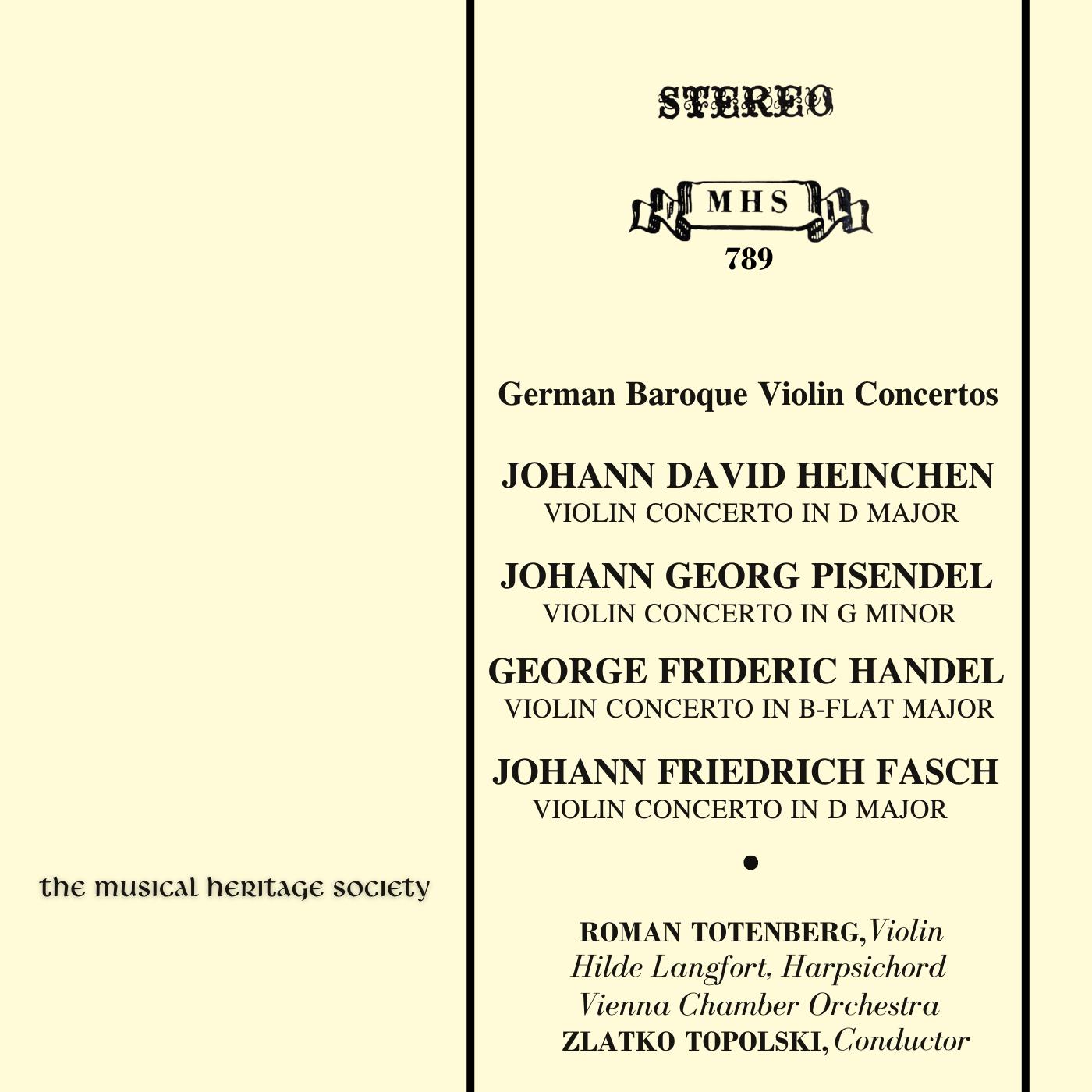
1.
GERMAN BAROQUE VIOLIN CONCERTOS
Original LP: MHS 789
JOHANN DAVID HEINECHEN:
VIOLIN CONCERTO IN D MAJOR
I. Adagio - Fuga: Alla Breve
II. Largo
III. Allegro assai
2. JOHANN GEORG PISENDEL:
VIOLIN CONCERTO IN G MINOR
I. Largo - Allegro
II. Largo
III. Allegro
3. GEORGE FREDERIC HANDEL:
VIOLIN CONCERTO IN B-FLAT MAJOR
I. Andante
II. Adagio
III. Allegro
4. JOHANN FRIEDRICH FASCH
VIOLIN CONCERTO IN D MAJOR
VI. Bourrée
VII. Gigue
V. Menuet II
Vienna Chamber Orchestra
ZLATKO TOPOLSKI, conductor
HILDE LANGFORT, harpsichord
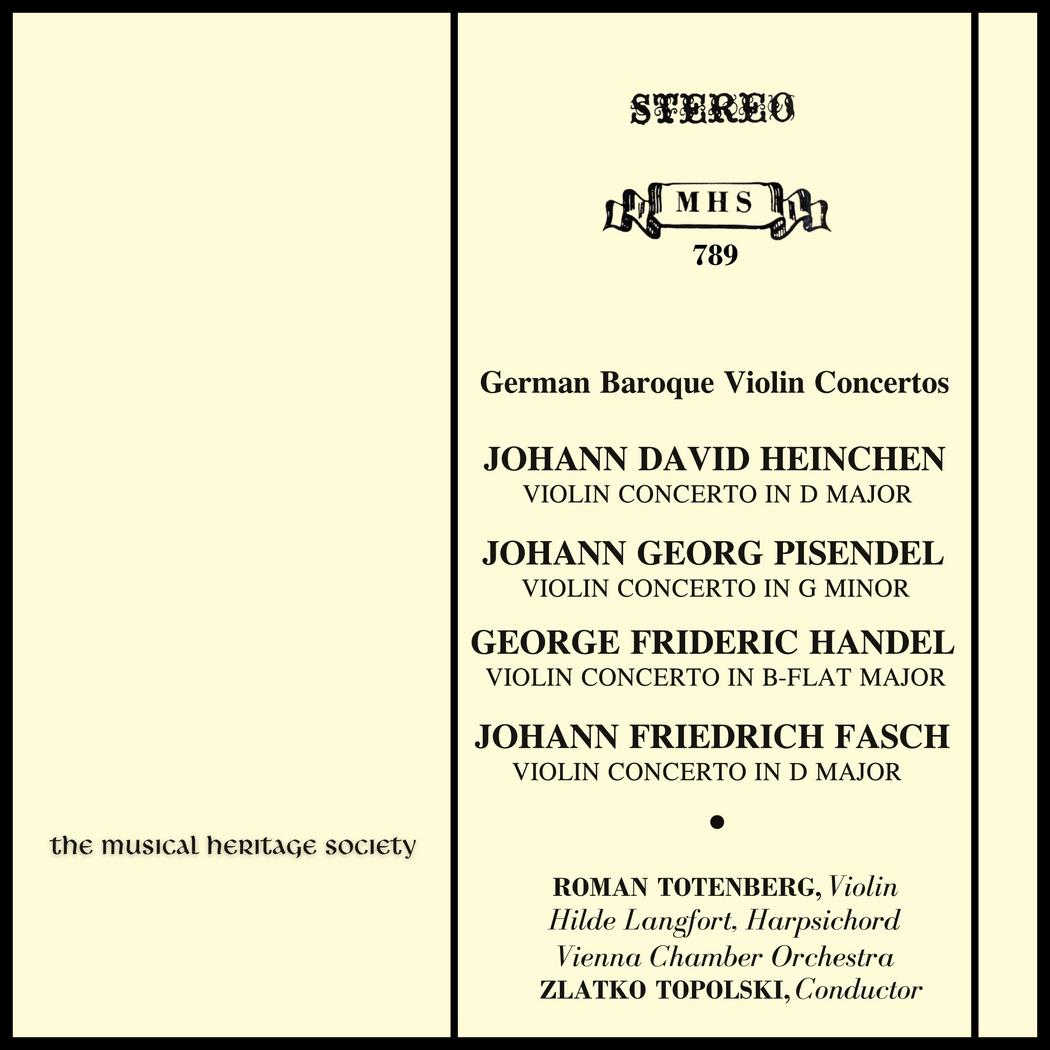
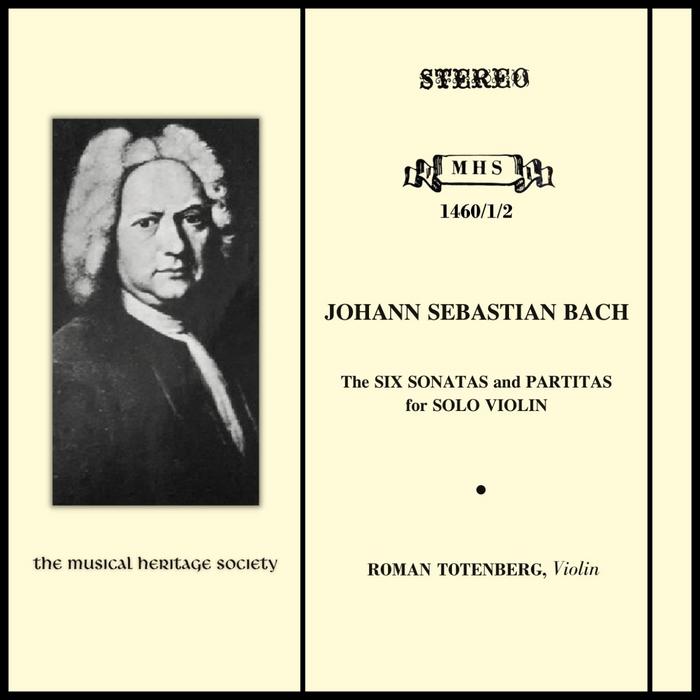
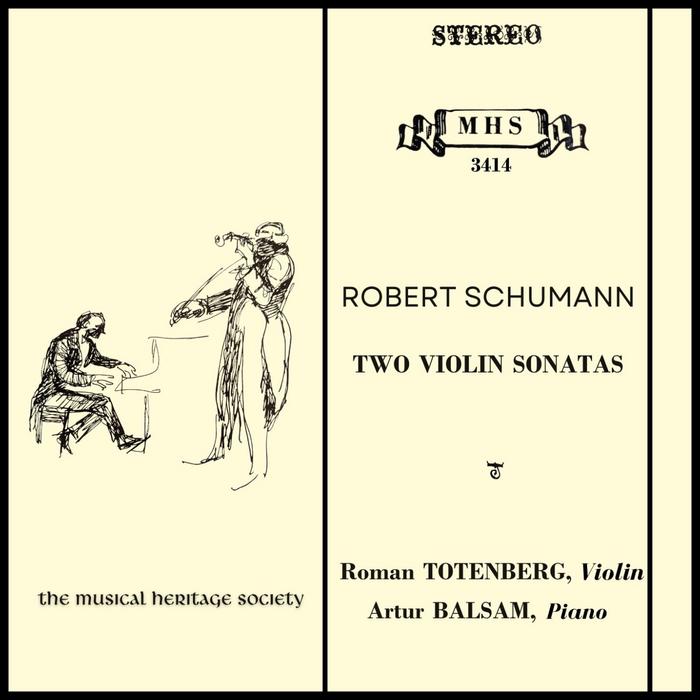
GERMAN BAROQUE
VIOLIN CONCERTOS NOTES by JOEL SHEVELOFF
Although there are some notable exceptions, most of the Baroque violin concertos current in the repertoire are Italian. This is to be expected. After all, the solo concerto is an Italian invention, cultivated by a great number of Italian composers who turned them out in great numbers. When a nonItalian composed a violin concerto during the first third of the eighteenth century he was consciously imitating an Italian style, perhaps affecting an Italianate manner, and certainly working formally within the limits of an Italian medium. The German composers represented on this disc have nevertheless contributed much of their own dialectics and talents to these pieces. Of the composers whose works are included here, only Johann Georg Pisendel depended for his reputation on his virtuoso violin
playing; Johann Friedrich Fasch was best
known as a composer of sacred music:
Johann David Heinichen, though an important Kapellmeister and a respected violinist, was a versatile musician, as important as a theorist and composer of theatrical music as of Concerted instrumental music. None of these composers was as committed to the creation of violin concertos as were Vivaldi, Locatelli or Tartini. George Frideric Handel, in particular, composed in many different forms for a great variety of instruments. The “Concerto” in B-flat major on this record is most likely an arrangement by the composer of another earlier work, probably a sonata for violin and continuo. Variants of the first movement occur elsewhere in Handel’s works, e.g. in the Oboe Concerto No. Z in B-lat major (third movement) and the Chandos Anthem No. –“I will magnify thee’ (Overture).
The forms of the works here are clear and simple enough so that any listener reasonably familiar with the Italian models
will quickly become acquainted with their German counterparts. This recording is especially significant for another reason.In the eighteenth century, performers, like the jazz musicians of our own time, did not perform the music as it appeared on the page, but improvised upon it within the limits of the taste and style of the time. It is this feature of Baroque practice that is attempted here by Roman Totenberg, with Zlatko Topolski, Hilde Langfort and the Vienna Chamber Orchestra. In the eighteenth century all the players contributed to this collective improvisation characteristic of the Baroque chamber ensemble. The soloist was expected to add embellishing figures, trills, scales, arpeggios and imitative and developmental figurations with reckless abandon. The keyboard member of the continuo team was the soul of the accompaniment. Filling in empty places in the fabric, imitating the soloist, adding embellishments better fitted to the keyboard than the fingerboard kept him busy. To a lesser extent, the players in the orchestra were supposed to add ornaments and figural
variations (then called divisions) to the general mêlée. This was particularly true for the player of the bass part. Extensive treatises were written illustrating the manner in which the "division viol" player exercised his craft. The theoretical sources are unanimous not only about the existence of these practices, but about the necessity of their proper execution for the creation of a truly musical performance. Some writers criticize the excesses of performers, but these writers do not suggest the elimination of the practices, merely their control within the limits of good taste. It is this question of good taste that plagues any resurrection of these practices. It is clear that improvisation differed from time to time, place to place, composer to composer, and occasionally within the works of one composer, from style to style. We would not improvise in the St. Matthew Passion in precisely the same way as in a trio sonata. The courageous performers in this recording do not pretend to have solved all the problems of good taste. But if the spirit of free fantasy is as necessary to the vitality of these pieces as contemporary
suggests, then this recording has been an important step in the resuscitation of that spirit. The artists do not claim to have presented a definitive recording of these concertos. After all, there cannot be a definitive performance in a style where every performance must sound a good deal different from every other performance. It should be noted that successful recreation of this lost art requires more than good intentions; ideally, a group of musicians should study a style for many years, experimenting constantly in order to achieve the inner understanding of a style that is the only true basis for improvisation.
Mr. Totenberg gratefully cites the help he received from Dr. Janet Knapp Byles, Professor of Music History at Boston University, in the preparation of the music performed on this record.
JOHANN DAVID HEINICHEN:
Concerto in D Major, S. 224
Johann David Heinichen, one of the most creative composers of his time, was a pupil at the Thomas-Schule in Leipzig under Johann Schelle and Johann
Kuhnau. He also studied law and actually practiced for a while in Weissenfels, but soon gave up this activity to devote himself entirely to music. He returned to Leipzig, composed some operas and published a treatise on con tinuo realization which, even today, is highly regarded as a source work on the interpretation of eighteenth century music. A wealthy patron enabled him to spend six years in Italy, mostly in Venice, where he was in close contact with
Vivaldi. In 1717 he settled in Dresden having been appointed Court
Kapellmeister to the Elector Augustus the Strong. He wrote a great number of works, among them operas, church music, cantatas, sonatas, concertos and sere nades. The manuscript of the concerto here recorded is extant in the Hessische Landes-und-Hochschulbibliothek in Darmstadt. The concerto is in the usual
three-movement form, typical of the
Vivaldi concerto, and is scored for violin, strings and continuo.
JOHANN GEORG PISENDEL:
Concerto in G Minor, JunP I.1
Johann Georg Pisendel was a well known violin virtuoso, who at one time studied with Vivaldi. The concerto recorded here was probably written before 1720 and clearly reveals high baroque pathos. The autograph, falsely attributed to Handel, is extant in the Saxon State Library of Dresden. The concerto is scored for solo violin, strings and continuo.
GEORGE FRIDERIC HANDEL:
Concerto in B-Flat Major, HWV 288 "Sonata a 5"
This concerto, which originally was called ‘sonata” was written around 1710 and is the only violin concerto by Handel. It is scored for solo violin, strings and continuo, with oboes doubling the violins. It is published in Volume 21 of the HändelGesellschaft edition.
JOHANN FRIEDRICH FASCH:
Concerto in D Major, FWV L.D2
Johann Friedrich Fasch, who, in later years, was to become a personal friend of Bach, gained his musical experience successively as a choir boy in Weissenfeis, as a pupil at the ThomasSchule (under Kuhnau) and a student at the University of Leipzig, where he founded a Collegium musicum. Though he had already written several operas and French Overtures in the style of Telemann, he went to Darmstadt in 1713 for the formal study of composition under Graupner and. Grunewald. After several years spent in Bayreuth, Gera and Lucavetz (Bohemia), he accepted (in 1722) a position of Court Kapellmeister in Zerbst (Anhalt), where he spent the rest of his life. He was a highly prolific composer and was, above all, well known for his church music. The autograph of the present concerto is in the Hessische Landes- und Hochschulbibliothek in Darmstadt. The work with its three movements shows clearly the influence of Vivaldi. It is scored for solo violin, strings and continuo. --FLORIAN GRASSMAYR
